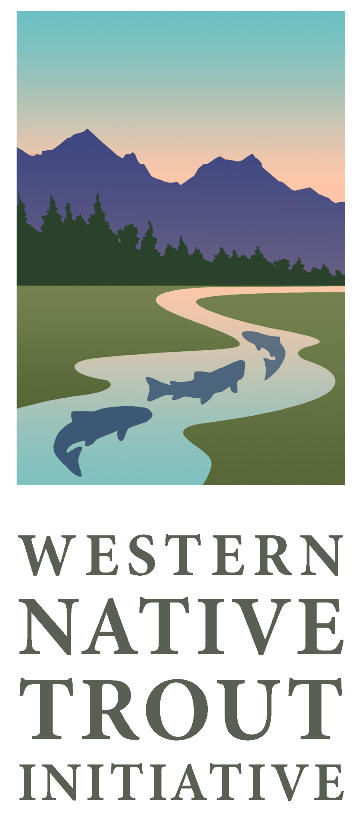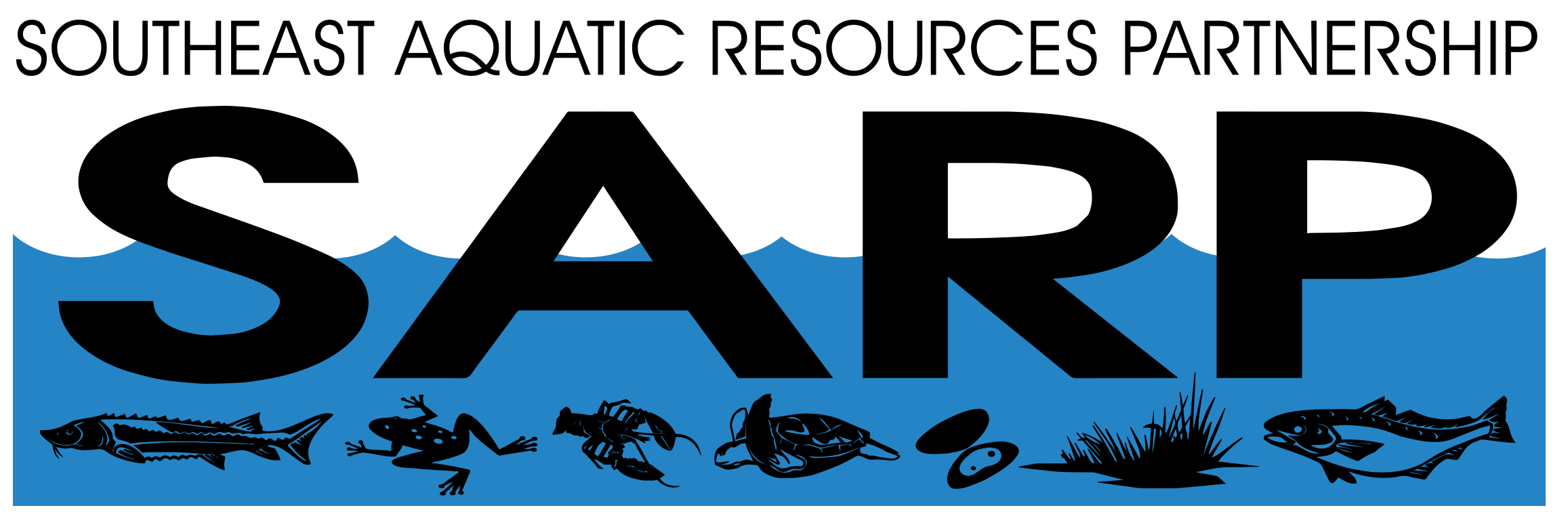Filters: Types: OGC WFS Layer (X)
52,646 results (8ms)|
Filters
Types
(Less)
|
Information on the paleomagnetic cores taken by Idaho Geological Survey geologists to help determine the age and/or affinity of various rock units.
Categories: Physical Item;
Types: Collection,
Map Service,
OGC WFS Layer,
OGC WMS Layer,
OGC WMS Service;
Tags: ndc_collection
Oklahoma: 616 cabinets of logs sorted by section-township-range plus ~1300 boxes unsorted. Kansas: 15 cabinets sorted plus 124 boxes unsorted. Texas: 14 cabinets sorted plus 20 boxes unsorted. Other states/Canada: 102 cabinets sorted plus 139 boxes unsorted. Primarily full-scale 5-inch logs from Oklahoma plus various-sized logs from Kansas, Texas, other states and Canada.
Categories: Physical Item;
Types: Collection,
Map Service,
OGC WFS Layer,
OGC WMS Layer,
OGC WMS Service;
Tags: ndc_collection
The Tocopilla cluster is named for the city of Tocopilla in northern Chile that is on its southern edge. The cluster includes an Mw 6.3 earthquake on September 11, 2020. A few small events that were recorded only locally are included to improve the statistical power of the calibration, but most events are observed to teleseismic distances. All events have depth control from readings at near-source or local distances, and about one third of the events also have teleseismic depth phases readings that are consistent with the inferred depths. Number of events: 48 Calibration type: direct calibration...
This shapefile contains landscape factors representing human disturbances summarized to local and network catchments of river reaches for the state of Georgia. This dataset is the result of clipping the feature class 'NFHAP 2010 HCI Scores and Human Disturbance Data for the Conterminous United States linked to NHDPLUSV1.gdb' to the state boundary of Georgia. Landscape factors include land uses, population density, roads, dams, mines, and point-source pollution sites. The source datasets that were compiled and attributed to catchments were identified as being: (1) meaningful for assessing fish habitat; (2) consistent across the entire study area in the way that they were assembled; (3) representative of conditions...
Categories: Data;
Types: ArcGIS REST Map Service,
Downloadable,
Map Service,
OGC WFS Layer,
OGC WMS Layer,
Shapefile;
Tags: Anthropogenic factors,
Aquatic habitats,
Atlantic Coast FHP,
Catchment areas,
Connecticut,
This shapefile contains landscape factors representing human disturbances summarized to local and network catchments of river reaches for the state of Louisiana. This dataset is the result of clipping the feature class 'NFHAP 2010 HCI Scores and Human Disturbance Data for the Conterminous United States linked to NHDPLUSV1.gdb' to the state boundary of Louisiana. Landscape factors include land uses, population density, roads, dams, mines, and point-source pollution sites. The source datasets that were compiled and attributed to catchments were identified as being: (1) meaningful for assessing fish habitat; (2) consistent across the entire study area in the way that they were assembled; (3) representative of conditions...
Categories: Data;
Types: ArcGIS REST Map Service,
Downloadable,
Map Service,
OGC WFS Layer,
OGC WMS Layer,
Shapefile;
Tags: Anthropogenic factors,
Aquatic habitats,
Atlantic Coast FHP,
Catchment areas,
Connecticut,
This ecoregion consists of a wide swath of rolling hills and plateaus that grades from the coastal plain (101) on the north to the Brooks Range (103) on the south. The east-west extent of the ecoregion stretches from the international boundary between Alaska and the Yukon Territory, Canada, to the Chukchi Sea. The hills and valleys of the region have better defined drainage patterns than those found in the coastal plain to the north and have fewer lakes. The area is underlain by thick permafrost and many ice-related surface features are present. The region is predominantly treeless and is vegetated primarily by mesic graminoid herbaceous communities.
The mountains of south central Alaska, the Alaska Range, are very high and steep. This ecoregion is covered by rocky slopes, icefields, and glaciers. Much of the area is barren of vegetation. Dwarf scrub communities are common at higher elevations and on windswept sites where vegetation does exist. The Alaska Range has a continental climatic regime, but because of the extreme height of many of the ridges and peaks, annual precipitation at higher elevations is similar to that measured for some ecoregions having maritime climate.
This ecoregion is composed of rounded, folded and faulted sedimentary ridges intermittently surmounted by volcanoes. The mountains were heavily glaciated during the Pleistocene epoch. A marine climate prevails, and the region is generally free of permafrost. Many soils formed in deposits of volcanic ash and cinder over glacial deposits and are highly erodible. Vegetation cover commonly consists of dwarf scrub communities at higher elevations and on sites exposed to wind, and low scrub communities at lower elevations and in more protected sites.

This folder contains data contributed to the National Fish Habitat Partnership (NFHP) Data System by the Western Native Trout Initiative (WNTI). WNTI was recognized as a partner of NFHP in February 2008.
This dataset represents the relative average amount of non-woody cover within 2 ha) of bottomland along the Colorado River from the Colorado state line (San Juan and Grand Counties, Utah) to the southern Canyonlands NP boundary, as of September 2010. Traditional image interpretation cues were used to develop the polygons, such as shape, size, pattern, tone, texture, color, and shadow, from high resolution, true color, aerial imagery (0.3m resolution), acquired for the project. Additional, public available aerial photos (NAIP, 2011) were used to cross-reference cover classes. As with any digital layer, this layer is a representation of what is actually occurring on the ground. Errors are inherent in any interpretation...
Categories: Data;
Types: Citation,
Downloadable,
Map Service,
OGC WFS Layer,
OGC WMS Layer,
Shapefile;
Tags: Arches National Park,
Canyonlands National Park,
Colorado River,
Grand County,
Moab,
We used the 1981 historical imagery of the Escalante River, Utah in ArcGIS to quantify channel area and average width and quantify woody riparian vegetation cover in two reaches of the river. Reach 1 was approximately 15 river kilometers (rkms) long and located between Sand and Boulder creeks within Grand Staircase Escalante National Monument. Reach 2 was approximately 16 rkms in length, extending from the Glen Canyon National Recreation Area boundary to just upstream of Choprock Canyon. We delineated the extent of active channel. Active channel was defined as the portion of the channel free of vegetation. We also delineated fluvial geomorphic features such as point bars, mid-channel bars, lateral bars and floodplain....
Categories: Data;
Types: Downloadable,
Map Service,
OGC WFS Layer,
OGC WMS Layer,
Shapefile;
Tags: Escalante River, Utah,
Riparian ecosystems,
Southwestern U.S.,
biota,
channel narrowing,
Collection includes Piedmont rock cores. This collection has not yet been inventoried and cataloged. Please contact the Delaware Geological Survey to inquire about this collection.
Categories: Physical Item;
Types: Collection,
Map Service,
OGC WFS Layer,
OGC WMS Layer,
OGC WMS Service;
Tags: ndc_collection
Data was digitized from original scribe sheets used to prepare the published Geologic Map of Wyoming (Love and Christiansen, 1985), consequently at a 1:500,000 scale.
Categories: Data;
Types: Downloadable,
Map Service,
OGC WFS Layer,
OGC WMS Layer,
Shapefile;
Tags: abiotic,
geologic fault,
map,
natural,
physiographic
Geoscientific collections managed by Maine Geological Survey are aggregated in the National Digital Catalog to enhance discovery and use of valuable samples and data for further scientific research. Contact information and material access instructions are provided for the individual collections.
Alternate IDs: 323112114482701 C-10-25 34AAC1 Agency: USGS Reclamation Data: Water Level - Tapedown Water Level - Transducer Gravity Coordinate (approximate; UTM 11N): 3600209 N 705938 E

This folder contains data contributed to the National Fish Habitat Partnership (NFHP) Data System by the Southeast Aquatic Resources Partnership (SARP). SARP was recognized as a partner of NFHP in October 2007.

Description of Work U.S. Geological Survey (USGS) is identifying the types and locations of emerging and legacy toxic contaminants in the water and sediments at 59 major tributaries to the Great Lakes (including many Area of Concern sites). This information is needed to help prioritize watersheds for restoration, develop strategies to reduce contaminants, and measure the success of those efforts in meeting restoration goals. The USGS contaminant and virus tributary monitoring network follows the National Monitoring Network for Coastal Waters design. The monitoring effort includes collecting emerging contaminant samples at 17 sites, a subset of the 30 nutrient monitoring sites; and for human viruses and other waterborne...
Categories: Project;
Types: Map Service,
OGC WFS Layer,
OGC WMS Layer,
OGC WMS Service;
Tags: Emerging contaminants,
GLRI,
Great Lakes Restoration Initiative,
Great Lakes Restoration Initiative,
Great Lakes Tributaries,

Description of Work Benthos (benthic invertebrate) and plankton (phytoplankton/zooplankton) communities in Wisconsin's four Lake Michigan Areas of Concern (AOCs; Menominee River, Lower Green Bay and Fox River, Sheboygan River, and Milwaukee Estuary) and six non-AOCs will be quantified. The inclusion of non-AOC sites will allow comparison of AOC sites to relatively-unimpacted or less-impacted control sites with natural physical and chemical characteristics that are as close as possible to that of the AOCs. The community data within and between the AOCs and non-AOCs will be analyzed. This project is a cooperative agreement between the Wisconsin Department of Natural Resources (WDNR) and the US Geological Survey (USGS)....
Categories: Project;
Types: Map Service,
OGC WFS Layer,
OGC WMS Layer,
OGC WMS Service;
Tags: AOC,
Areas of concern,
Beneficial use impairment,
Ecosystem health,
Fox River,
|

|